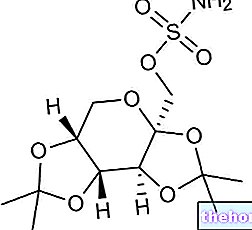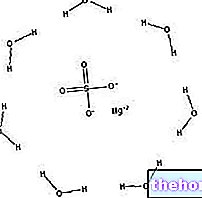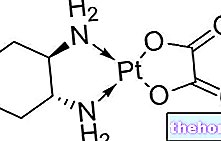
Well known for its ability to prevent pellagra (hence the name of vitamin PP), niacin has become famous in the past for its ability to reduce cholesterol and triglyceride levels in the blood. The first studies on these properties of nicotinic acid were conducted in 1955 by Altschul and coll. Who observed how high doses of niacin were able to lower cholesterol levels in humans. Furthermore, the studies conducted on nicotinic acid have shown that this molecule is also able to increase HDL cholesterol up to 25%.
Note: some recent studies have shown that the increase in HDL cholesterol exerted by niacin does not significantly reduce cardiovascular events at a clinical level.
?The mechanism of action by which niacin is able to lower the levels of triglycerides and cholesterol is carried out above all at the level of adipose tissue. It is here, in fact, that nicotinic acid inhibits lipolysis, thus reducing the mobilization of free fatty acids and their transport to the liver. All this translates into a reduced availability of fatty acids necessary for the hepatic synthesis of triglycerides which results in a lower production of lipoproteins intended for their transport (VLDL). Since VLDL are the precursors of LDL (also known as bad cholesterol), thanks to the reduction of the synthesis of the former, niacin leads to a decrease in the synthesis of the latter.
Furthermore, niacin is also able to reduce the clearance of "apolipopretein A-1 (Apo A-1), the main component of HDL, leading to an increase in the levels of these so-called" good cholesterol "lipoproteins.
, nausea and vomiting, liver dysfunction, hyperglycemia and hyperuricemia, etc.) and toxicity.




























